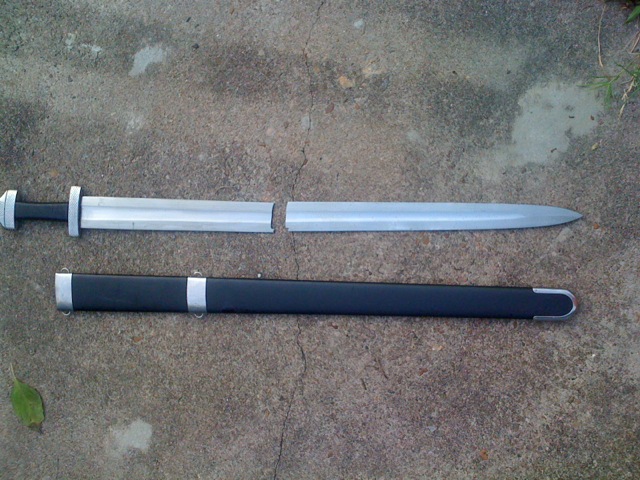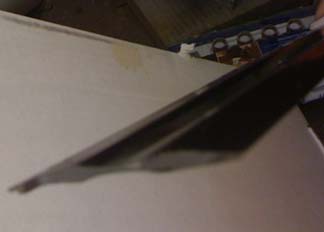Posts: 8,310 Location: Montreal,Quebec,Canada
Sun 18 Jul, 2010 7:03 pm
Philip you mentioned hitting a Pell: Would this be a really thick piece of wood solidly set in the ground or weighted heavily and somewhat like hitting a large tree ! Swords are really not meant for hitting trees or pells and although it may very well be a flaw in the heat treat that made this sword too brittle ...... or at least to brittle to be hitting heavy, hard and unmovable objects
are not what swords are made for.
At best the sword if used without immediate harm on a pell it is still very hard on any blade and if done for long enough any blade will eventually break or take a nasty set.
Pell work should be done with wasters and is more training the hand and arm to handle the shock than as a fair test of a blade. ( At least the Romans used pell work with double weight wooden swords in their training I don't think they used their steel
gladius on the pells ? ).
So did this sword break at the first blow, after a few blows or after being used for an extended period on the pell ?
Anyway, hitting really hard stuff is more like destructive testing than normal sword use in my opinion.
Oh, and the broken of point might make a nice Dirk or
Ballock dagger.


